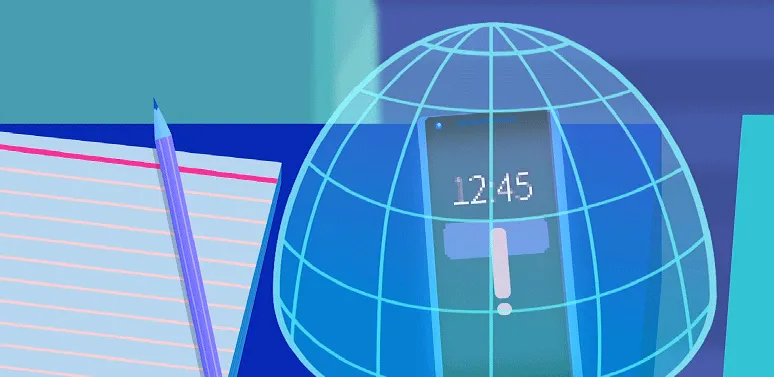Fitness wearables, Echo, Nest, smart refrigerators. Chances are, many Americans have at least one of these in their homes. The Internet of Things has exploded in the last few years as innovators and internet service providers have come out with devices and ultra-fast internet speeds to improve the lives of consumers by making their to-do tasks at home, and at work, more convenient and efficient. And the surge is far from over. According to technology forecasts, the number of IoT devices globally is expected to reach 22 billion by 2025, which comes to about three devices per person—triple the amount there are today. But as influential as this growth will be for American culture and daily life, with it comes a multitude of security risks that ISPs, device manufacturers and the broader internet and technology ecosystem are currently working on to ensure that internet users are protected from vulnerabilities and threats moving forward.
CableLabs—the cable industry’s research and development consortium—recently introduced one such approach that is in the works. CableLabs® Micronets is a framework that is designed to mitigate the risks of insecure IoT systems through real-time detection of threats and quarantine of compromised devices via network segmentation.
The system works by segregating all network-connected devices into distinct sub-networks—into “micronets,” each of which has a distinct trust domain. The Micronets Gateway device, an operator-provided box with an integrated cable modem and wireless access point, uses software defined networking technologies to control the traffic routing from all of the micronets. If, for example, the Micronets system detects that a health monitoring device in a home was hacked, it would create another micronet that would quarantine the threat. The user could still connect to the health monitoring device but the device itself would be prevented from communicating with other devices in the home—such as a smart car in a separate micronet. Hence, the system helps to prevent the spread of harmful activity to other devices on the local network and to the broader internet.
The need for a system like Micronets goes back to security and the rise of botnet attacks, particularly distributed denial of service (DDOS) attacks, which can severely compromise an internet user’s protection online and cost businesses millions of dollars. In a webinar on Micronets hosted by CableLabs, NCTA Vice President of Broadband Technology Matt Tooley explained how Micronets would have worked to prevent the outbreak of the Mirai botnet attack in October 2016, when a large part of the internet was compromised and inaccessible to people in the U.S. and in Europe. This cybersecurity attack gained its momentum through insecure web cameras.
“The use of Micronets in the Mirai example would have allowed for quick identification and then the quarantine of the vulnerable IoT devices,” said Tooley. “Micronets provides a framework that can be used as part of an IoT risk management program.”
That’s not to say that Micronets will prevent any attack on a particular home network device. As CableLabs Lead Software Architect Darshak Thakore explained, Micronets is a vision and a realistic approach that assumes that devices will be vulnerable to attacks. After all, there will always be manufacturers and devices that don’t follow best security practices. “There’s no guarantee that a device will never get hacked or compromised,” said Thakore. “But [Micronets] will be able to significantly blunt the effect of that particular malware.”
The Micronets approach is also designed to be user friendly by reducing headaches for consumers while giving them a whole new layer of security. “If we design a solution that requires the consumer to deal with technical responsibilities, then we have failed. We want to provide them a seamless experience with their devices and services while improving the overall security of the network for all of us,” said Thakore.
As the industry and consumers look forward to technology and service advancements, especially the 10G platform—the cable industry’s initiative to deliver speeds 10x faster than today’s broadband—CableLabs Director of Technology Policy Mark Walker also emphasized how critical it will be that Micronets is integrated into the technology platforms of the future. “10G is about higher speeds, higher capacity, 10 gigabit service, low latency, and it’s about security. This is where Micronets fits in. Micronets is one of the technologies that fits under the 10G umbrella by helping to drive that increased security for the networks of the future,” said Walker.









